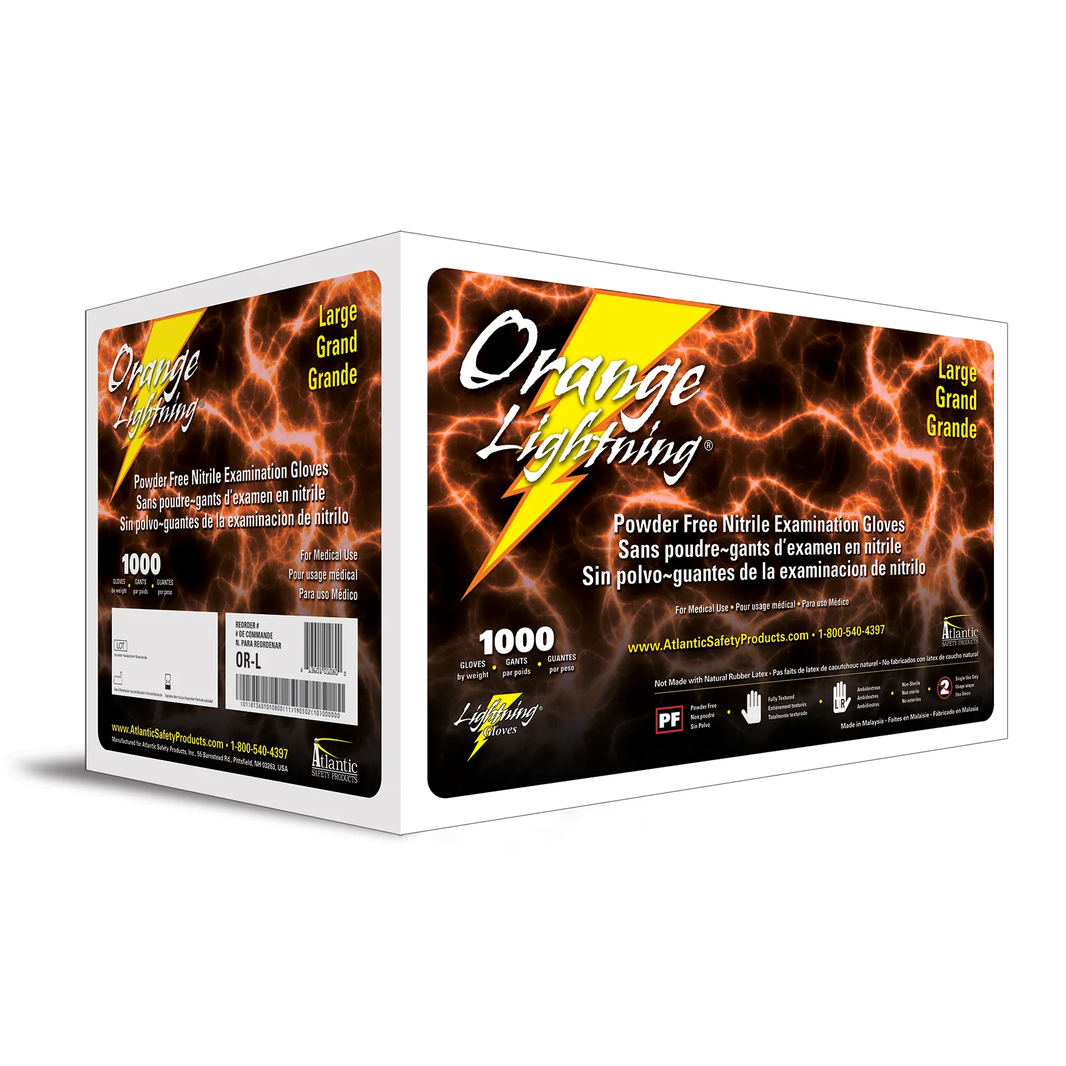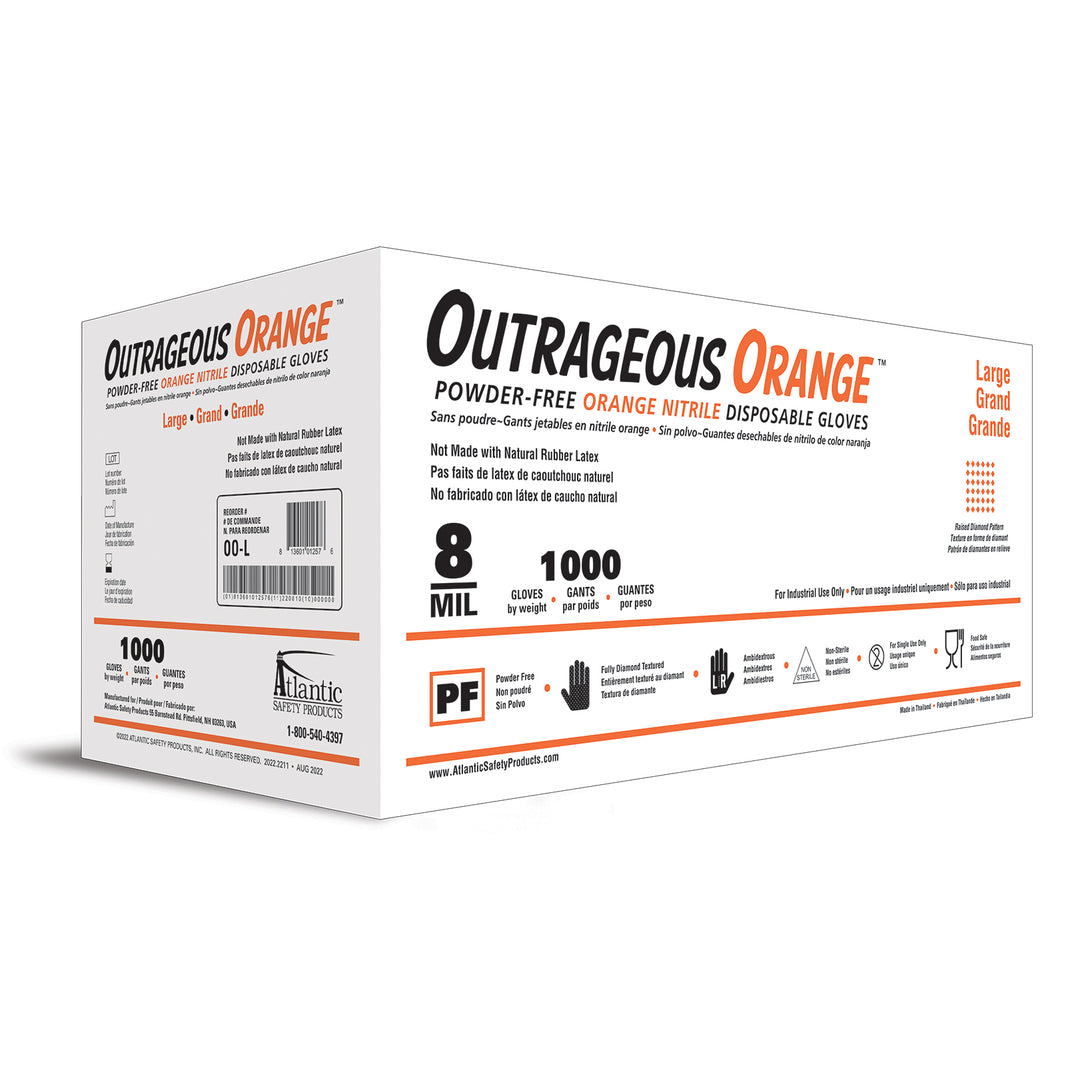Nitrile gloves play a key role in creating a safer workplace by helping protect workers from common industrial hazards. Whether in manufacturing, automotive, or chemical processing, safety begins with proper protection. In industrial settings, workers often face a range of risks—some obvious and others less visible. From sharp tools and heavy machinery to harsh chemicals and biological agents, having the right personal protective equipment (PPE) can make all the difference.
Let’s explore the most common types of industrial hazards and how nitrile gloves help keep hands safe on the job.
Understanding Common Industrial Hazards
Workplace hazards come in many forms. Some are physical, while others are chemical or biological. Each type requires its own safety strategy. Below are some of the most frequent threats found in industrial environments:
1. Chemical Hazards
Chemical exposure is one of the most dangerous risks in many industries. Harmful substances can be in the form of liquids, gases, or powders. Even a small splash of the wrong chemical can cause burns, irritation, or long-term health issues.
Some common hazardous industrial chemicals include:
- Acetone – used in cleaning and degreasing, it can irritate skin and eyes.
- Xylene – found in paints and solvents, it can damage skin and affect breathing.
- Toluene – used in adhesives and fuel, it can be absorbed through the skin.
- Sodium Hydroxide (Lye) – a strong base that can cause serious burns.
- Hydrochloric Acid – used in cleaning, it can harm the skin and respiratory system.
Nitrile gloves are resistant to many of these chemicals, offering an important barrier between the skin and harmful substances. Unlike latex or vinyl, nitrile is less likely to degrade when exposed to industrial solvents.
2. Physical Hazards
These include sharp tools, machinery parts, and even repetitive tasks. While gloves won’t stop a power saw, they can protect against abrasions, cuts, and friction burns. Nitrile gloves are especially useful for jobs that require both protection and dexterity, like handling parts or using tools.
3. Biological Hazards
Industrial settings like food processing or waste management may expose workers to bacteria, fungi, or viruses. Nitrile gloves offer a protective barrier against biological contaminants. Since nitrile is non-porous and tear-resistant, it reduces the risk of infection through skin contact.
4. Thermal Hazards
While nitrile gloves are not designed for extreme heat, they do offer basic protection against thermal hazards like hot surfaces or steam in some light industrial settings. For higher temperatures, thermal gloves should be used along with nitrile underlayers for chemical protection.
5. Ergonomic Hazards
Tasks that involve repetitive motion or poor posture can cause strain over time. While nitrile gloves don’t solve this issue directly, they can help by offering a better grip and reducing the force needed to hold tools or materials. Less strain means lower injury risk.
The Role of Heavy-Duty Nitrile Gloves in Workplace Safety
Nitrile gloves are a mainstay in safe workplaces for several reasons. Their material is strong, flexible, and resistant to a wide range of chemicals. Here are key benefits:
- Chemical Resistance: Nitrile outperforms latex and vinyl against most industrial solvents and oils.
- Puncture Resistance: Nitrile is more puncture-resistant than latex, reducing injury risks.
- Allergy-Free: Nitrile is latex-free, which helps avoid allergic reactions in sensitive workers.
- Comfort and Fit: Nitrile gloves mold to the hand, providing comfort during long shifts.
- Durability: Nitrile gloves hold up well under demanding conditions without tearing easily.
These advantages make nitrile gloves essential for reducing exposure and injury in many types of work environments.
Matching the Right Glove to the Job
Not all nitrile gloves are the same. Choosing the right glove for the task is critical.
Light-Duty Nitrile Gloves
These are great for jobs that require flexibility and tactile sensitivity. Think assembly lines, electronics, or inspection work.
Industrial-Grade Nitrile Gloves
These offer thicker protection and are ideal for jobs involving harsh chemicals, sharp parts, or oily substances. Mechanics, chemical plant workers, and maintenance teams often rely on industrial-grade gloves.
Extended-Cuff Nitrile Gloves
For extra protection, longer cuffs protect the wrist and lower forearm from chemical splashes and debris.
Best Practices for Glove Use in Industrial Settings
Even the best gloves won’t help if they’re used incorrectly. Here are safety tips to follow:
- Inspect Gloves Before Use: Check for tears or weak spots.
- Choose the Right Size: Gloves that are too loose or too tight reduce effectiveness.
- Change Gloves Often: Replace them if they become torn, saturated, or contaminated.
- Store Properly: Keep gloves in a cool, dry place away from direct sunlight or heat.
- Don’t Reuse Disposable Gloves: Nitrile gloves are designed for one-time use in most industrial settings.
Nitrile Gloves and Compliance with Safety Standards
Using nitrile gloves helps meet many safety regulations and industry standards. Employers must follow OSHA guidelines for PPE use. Proper glove use helps companies stay compliant and reduce injury-related costs. Nitrile gloves can also help meet ISO safety protocols in regulated industries like chemical processing or food handling.
Supporting a Culture of Safety
Workplace safety is not just about equipment. It’s about creating a culture of awareness. Workers should be trained regularly on hazard recognition and PPE use. Supervisors must model safe behavior and make safety equipment easy to access.
Providing high-quality nitrile gloves is a small but powerful way to show workers their well-being matters. When workers feel safe, productivity and morale rise.
Final Thoughts: Nitrile Gloves Are Essential to a Safe Workplace
Nitrile gloves are a key part of creating a safer workplace and protecting workers from industrial hazards. From chemical splashes to sharp tools, the right gloves help prevent injuries before they happen. Employers who invest in strong, reliable PPE like nitrile gloves protect not only their workers but also their bottom line.






